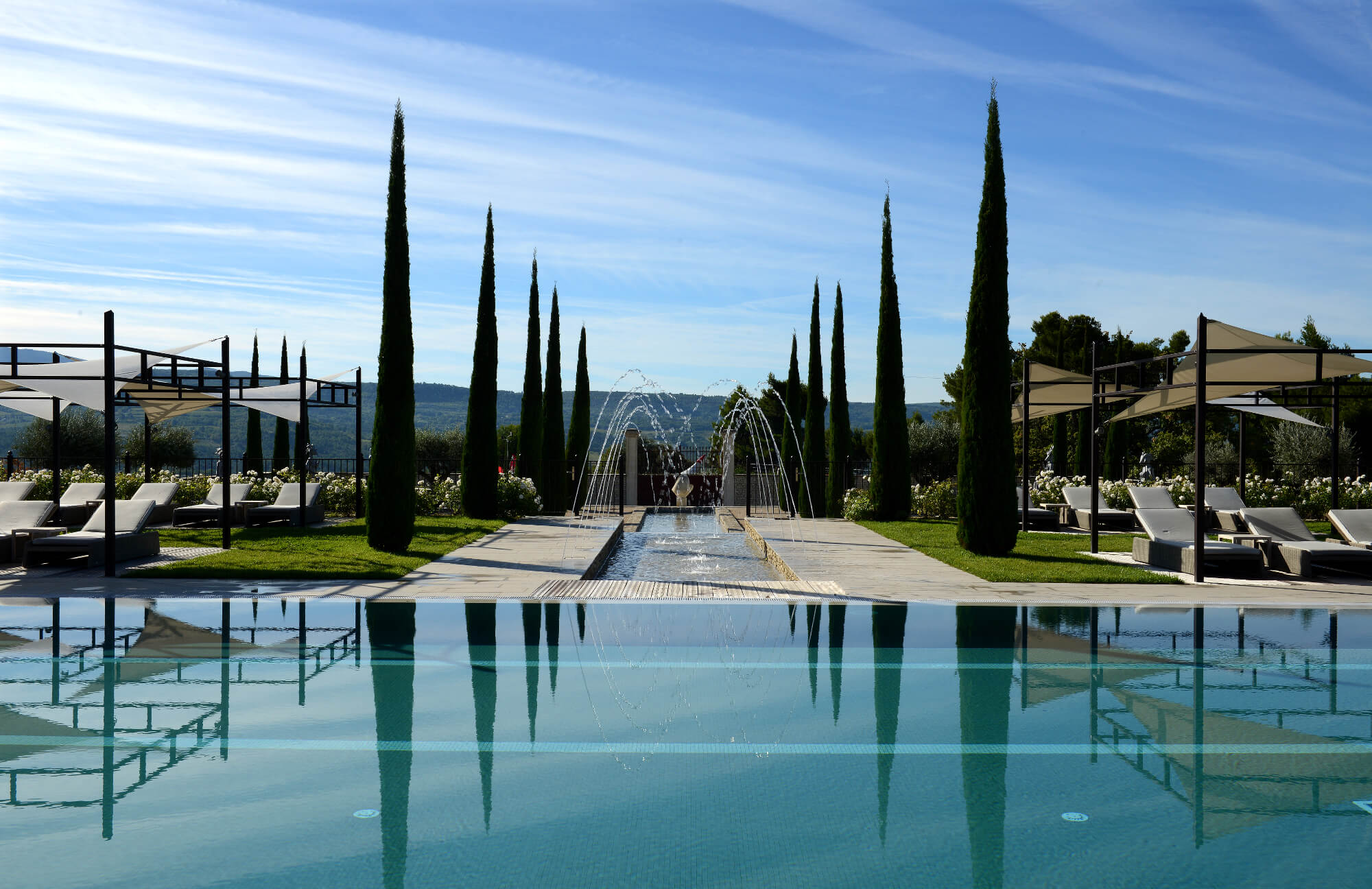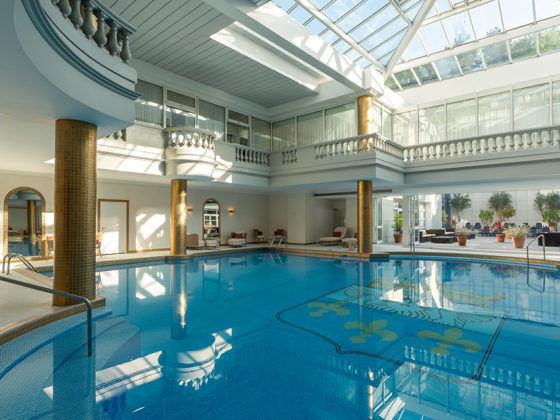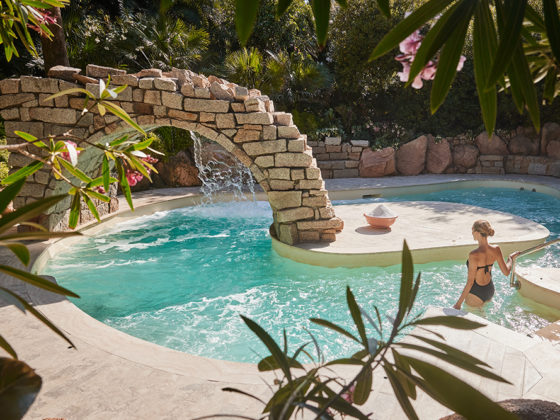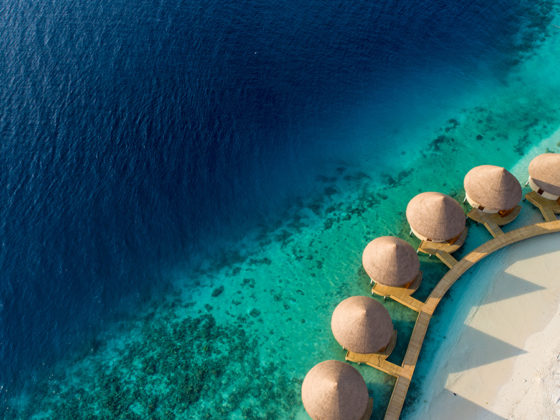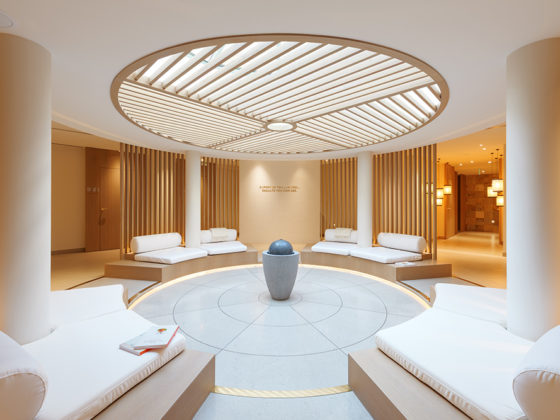By Anne Cali
After several years performing slimming methods, including LPG, physiotherapist Anne Cali has developed her own GLIDE-PRESS-DETACH (GLISSER-APPUYER-DÉCOLLER or GAD) method. This original technique has proven benefits and is becoming increasingly popular among her patients. But what does GAD really involve and what are the benefits of this new massage technique?
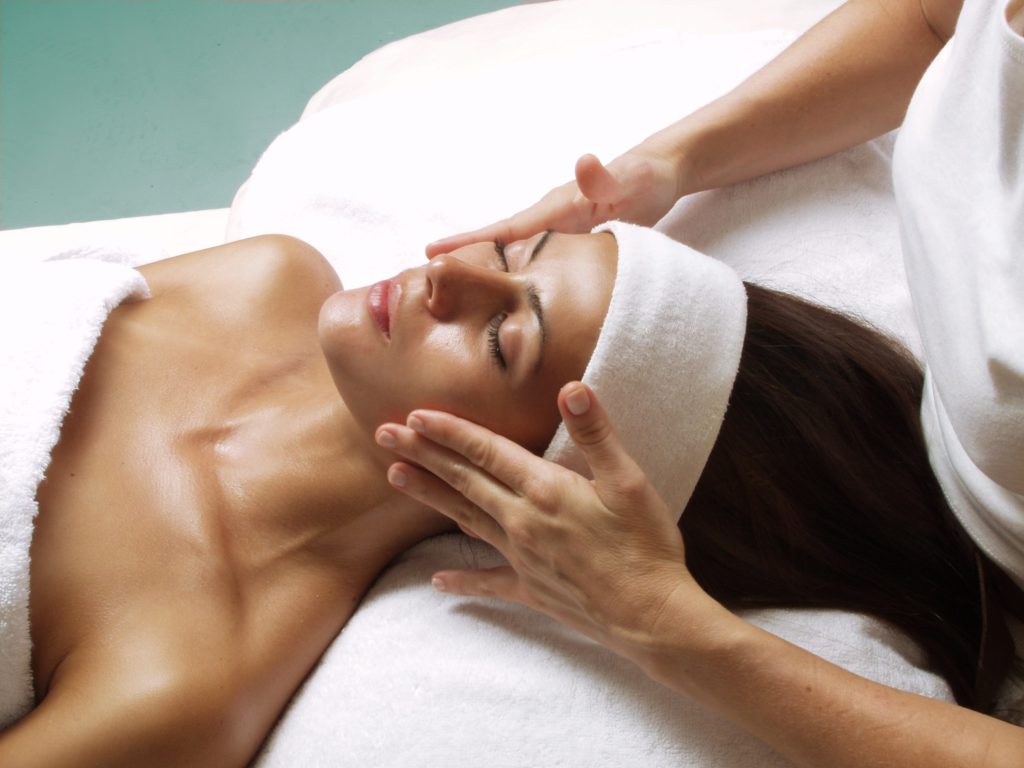
GAD MASSAGE
A “GAD” massage lasts for 30 minutes. Short for GLISSER-APPUYER-DECOLLER (GLIDE-PRESS-DETACH, in English), it is a highly effective type of massage because it goes much deeper into the tissues than a standard subdermal tissue massage. The in-depth “glide and press” (10 to 20kg) starts with a draining manoeuvre to eliminate excess water. The soft tissue is then “detached” from the underlying hard surfaces. An important element of the massage is that the masseur’s hand must always remain in contact with the area being massaged in order to maintain the pressure and not stretch the skin (in particular the collagen and elastin fibres) so as to avoid causing it to sag.
PROVEN EFFECTIVENESS
After achieving convincing results with her own patients, Anne Cali decided to lead clinical trials in collaboration with Dr Blanchemaison, whose results prove the massage’s efficacy. The study was carried out on 12 people who underwent fifteen 30-minute sessions, with 3 sessions per week. Measurements were taken every two weeks by the same, qualified person. These measurements were taken in centimetres and using an ultrasound device.
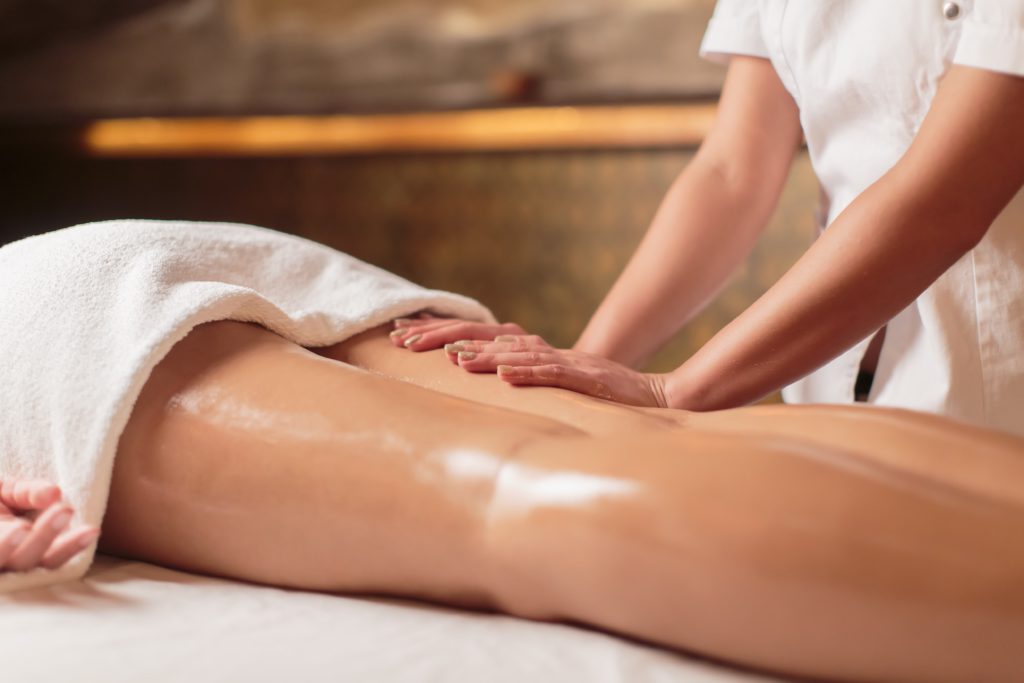
In the first phase (the first 5 sessions), a significant loss in diameter caused by the drainage of excess water was recorded. In the second phase (from the 5th session), there was a substantial reduction in the thickness of the hypodermis. An average of 8 centimetres were lost from the waist and 3.7cm from the thighs, and the hypodermis was reduced by 30% on average, measured using the ultrasound device. In addition to these results, the tissues were regenerated and the skin quality was improved thanks to the depth of the massage, which mechanically stimulates the skin cells, especially the fibroblasts. These cells are responsible for the production of elastin and collagen fibres.
MADE-TO-MEASURE MASSAGE
Anne Cali has further developed this method so as to adapt her technique to different types of cellulite. After a detailed discussion with the client, she designs a made-to-measure massage.
There are four possible cases:
– oedematous (aqueous) cellulite: first the excess water is drained then the adipocytes are mobilised to bring about localised lipolysis.
- adipose cellulite: first the adipocytes are mobilised then the fatty acids and toxins are eliminated.
- fibrous or hard cellulite: the fibrosis is softened in the second phase of the massage, after the tissues have been smoothed in depth to reduce inflammation and ease pain.
- Soft cellulite: collagen production is stimulated in depth and the skin tissues are firmed at the surface.
During the massage, the patient does not experience any pain as the tissues are grasped using the palm of the hand. The massage surface is therefore much larger than when only the last five phalanges are used. This large surface has been studied so as not to compromise the nerve endings, avoiding damaging the endothelial cells of the blood vessels. How can the results of this innovative and exclusive method be explained? By the cellular stretching mechanism: stretching the skin tissue at the surface – mechanically stretching the cells − leads to a biological response that reboots cell activity. It is a kind of physiological awakening that is deeper and more targeted than other, more common, methods.
Anne Cali is qualified as a state-registered massage therapist/physiotherapist in 2000. Additional training: LPG endermologie®/muscle chains/urogynaecology.





